
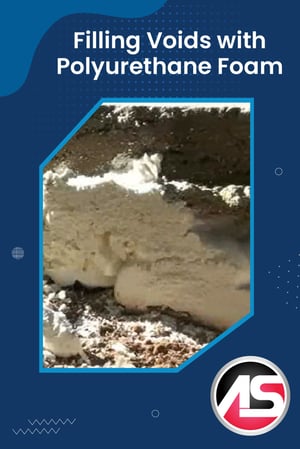 Filling voids is one of the most common applications for polyurethane concrete repair foam. Geotech contractors use specialized foam to fill voids in the soil under slabs, behind retaining walls, and around municipal infrastructure. In this post, we'll review some of the most popular Alchemy-Spetec blog articles on the subject.
Filling voids is one of the most common applications for polyurethane concrete repair foam. Geotech contractors use specialized foam to fill voids in the soil under slabs, behind retaining walls, and around municipal infrastructure. In this post, we'll review some of the most popular Alchemy-Spetec blog articles on the subject.
Filling Voids Under Concrete Slabs
In his blog post Filling Dangerous Voids Under Slabs, Alchemy-Spetec's Geotech Division Manager Andy Powell covers the following key points:
- The dangers of soil voids under slabs.
- Signs of a possible void under a slab.
- How polyurethane is used to repair voids.
Filling Voids Surrounding a Structure
In his blog post Filling Voids with One-Component Polyurethane, Alchemy-Spetec's Geotech Director of Technical Services Colt Hullander discusses the materials used for this specific application...
Alchemy-Spetec's AP Fill 700 and AP Fill 720 are one-component polyurethanes used for filling voids in supporting soil surrounding a structure. Situations in which these materials might be used for void fill include soil adjacent to retaining walls, basement walls, seawalls, and infrastructure boxes.
Filling Voids in a Municipal Leak Seal Context
In his blog post, Sealing Leaks & Voids in Concrete Infrastructure, Alchemy-Spetec's Leak Seal Director of Technical Services Charlie Lerman outlines the causes of and remedies for leaks and voids in concrete infrastructure...
Causes of Leaks and Voids:
- Imperfect construction.
- Weather and wear.
- Unstable soil.
How Injection Grout Helps:
- Water activation.
- Pressure injection.
- Flexible, watertight seal.




 A large Mid-Western aluminum manufacturer was losing water from all of its quenching tanks. Losing 3 million gallons in half a year can be expensive, not to mention the massive effect that volume of water can have on soil and the structures it supports. So, they reached out to one of their trusted maintenance contractors, who in turn came to Alchemy-Spetec for guidance on how to efficiently mitigate the leaks with minimal downtime.
A large Mid-Western aluminum manufacturer was losing water from all of its quenching tanks. Losing 3 million gallons in half a year can be expensive, not to mention the massive effect that volume of water can have on soil and the structures it supports. So, they reached out to one of their trusted maintenance contractors, who in turn came to Alchemy-Spetec for guidance on how to efficiently mitigate the leaks with minimal downtime. 
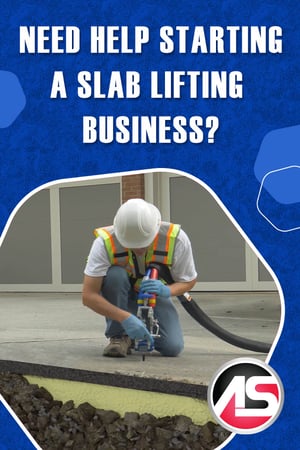 Enjoy the Advantages and Avoid the Pitfalls
Enjoy the Advantages and Avoid the Pitfalls
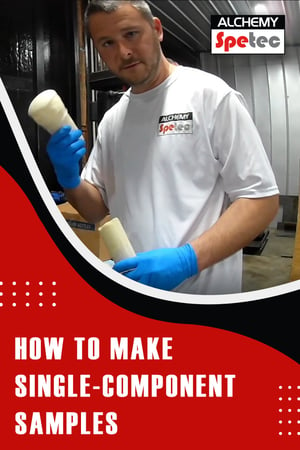 We've created a video for a question we get asked a lot: "How do I make single-component samples?" A lot of people want samples, sales teams love samples, homeowners love them because it’s actually something they can put in their hands on. They can really help close a deal.
We've created a video for a question we get asked a lot: "How do I make single-component samples?" A lot of people want samples, sales teams love samples, homeowners love them because it’s actually something they can put in their hands on. They can really help close a deal.
 Like with most issues, there is no one final answer, but let’s weigh the pros and cons. An easy one is cost: two-component urethanes are significantly more cost-effective than a single component IF you already have a rig to properly handle them. Keep in mind, not many leak seal contractors typically have a rig.
Like with most issues, there is no one final answer, but let’s weigh the pros and cons. An easy one is cost: two-component urethanes are significantly more cost-effective than a single component IF you already have a rig to properly handle them. Keep in mind, not many leak seal contractors typically have a rig.
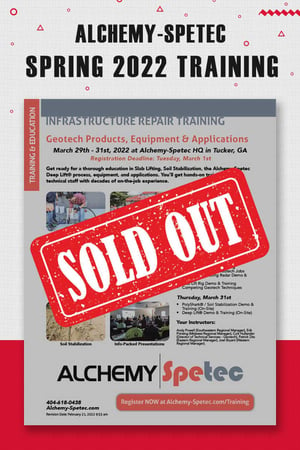


 Andrew has over 10 years of experience in Manufacturing Operations and Quality Assurance. With a Six Sigma Black Belt certification, he has a successful track record of evaluating complex manufacturing operations, identifying inefficiencies, and implementing process improvements.
Andrew has over 10 years of experience in Manufacturing Operations and Quality Assurance. With a Six Sigma Black Belt certification, he has a successful track record of evaluating complex manufacturing operations, identifying inefficiencies, and implementing process improvements.
 Alchemy-Spetec is pleased to welcome Jacob Bryant to our technical support team. Jacob joins the company as Geotech Services Technician. He'll be working with Cult Hullander (Director of Technical Services - Geotech).
Alchemy-Spetec is pleased to welcome Jacob Bryant to our technical support team. Jacob joins the company as Geotech Services Technician. He'll be working with Cult Hullander (Director of Technical Services - Geotech).
 Newcomers to urethane grouts often cut their teeth on these two terms, but the industry in general struggles with the understanding of what they are, and when to use hydrophobic vs. hydrophilic polyurethane grouts. So, I will cover the differences and then point out what I feel is a much more important conversation about polyurethane chemical grouts.
Newcomers to urethane grouts often cut their teeth on these two terms, but the industry in general struggles with the understanding of what they are, and when to use hydrophobic vs. hydrophilic polyurethane grouts. So, I will cover the differences and then point out what I feel is a much more important conversation about polyurethane chemical grouts.
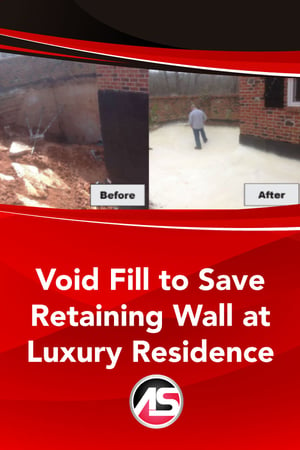 A retaining wall at a Georgia-based luxury residence was failing due to the pressure of the surrounding soil. A general contractor excavated the site around the wall and planned to install lightweight foam blocks as a replacement for the heavy soil that was removed. After doing a little more research, the contractor discovered that, due to the cost of shipping the blocks, liquid polyurethane foam installation by a local specialized contractor was a lot less expensive. Liquid polyurethane foam takes the shape of the void before curing to form a high-strength solid mass.
A retaining wall at a Georgia-based luxury residence was failing due to the pressure of the surrounding soil. A general contractor excavated the site around the wall and planned to install lightweight foam blocks as a replacement for the heavy soil that was removed. After doing a little more research, the contractor discovered that, due to the cost of shipping the blocks, liquid polyurethane foam installation by a local specialized contractor was a lot less expensive. Liquid polyurethane foam takes the shape of the void before curing to form a high-strength solid mass.